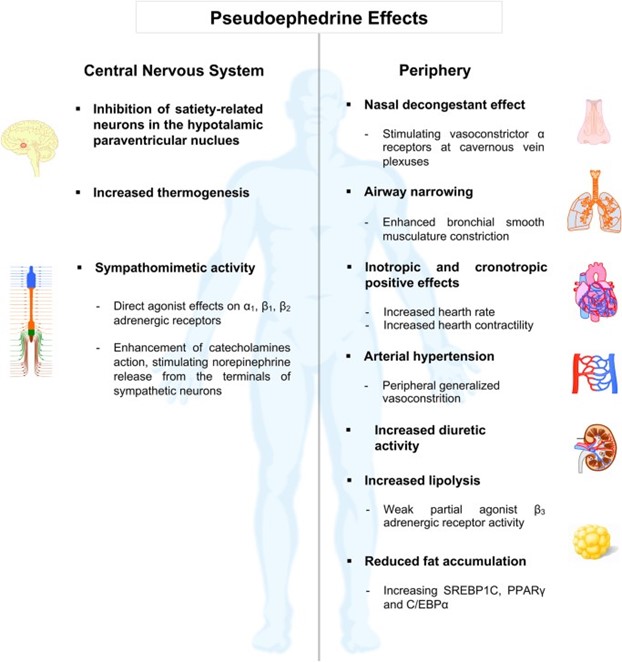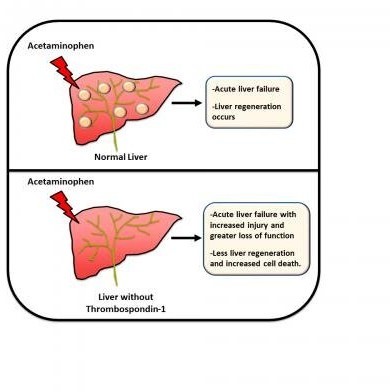A nurse is reviewing the medical record of a client who reports taking pseudoephedrine for sinus congestion as needed. The nurse should identify that pseudoephedrine is contraindicated for which of the following client conditions?
Migraines
Eczema
Hypertension
Diverticulitis
The Correct Answer is C
Pseudoephedrine is a sympathomimetic medication that acts as a decongestant by constricting blood vessels in the nasal passages, which helps to relieve sinus congestion. However, it can also cause vasoconstriction in other parts of the body, leading to an increase in blood pressure. Therefore, it is contraindicated for individuals with hypertension (high blood pressure).

The other conditions mentioned, migraines, eczema, and diverticulitis, are not contraindications for the use of pseudoephedrine. However, it is important for individuals with these conditions to consult their healthcare provider before taking pseudoephedrine, as it may interact with other medications or exacerbate certain symptoms.
Nursing Test Bank
Naxlex Comprehensive Predictor Exams
Related Questions
Correct Answer is C
Explanation
Acetaminophen is generally considered safe and well-tolerated when used appropriately. However, it is primarily metabolized by the liver, and in cases of severe hepatic impairment or liver failure, the metabolism of acetaminophen can be significantly impaired. This can lead to the accumulation of toxic metabolites, which can cause further liver damage and potentially result in hepatotoxicity.
Hypertension, gallbladder disease, and tachyarrhythmias are not typically considered contraindications for the use of acetaminophen. However, it is important to consider any potential interactions or precautions when using acetaminophen in patients with these conditions, and consulting with a healthcare provider is recommended to ensure the safe and appropriate use of the medication.

Correct Answer is C
Explanation
This response demonstrates that the patient understands the dosing frequency (twice a day) and the importance of taking it with a full glass of water, which aligns with the instructions provided by the nurse.
The other choices are incorrect because:
A. "Taking this medication can cause me to develop a non-productive cough.": This response is about a potential side effect of the medication, rather than showing an understanding of the dosing instructions.
B. "I will take my medication Daily with a full glass of water.": This response indicates a misunderstanding of the dosing frequency, as the prescription specifically states "BID" (twice a day) rather than "daily."
D. "The medication will have to be given by my Home Health Nurse twice a day.": This response suggests a reliance on the home health nurse to administer the medication, which contradicts the instructions for the patient to take it themselves. It shows a misunderstanding of the patient's responsibility in self-administering the medication.
Whether you are a student looking to ace your exams or a practicing nurse seeking to enhance your expertise , our nursing education contents will empower you with the confidence and competence to make a difference in the lives of patients and become a respected leader in the healthcare field.
Visit Naxlex, invest in your future and unlock endless possibilities with our unparalleled nursing education contents today
Report Wrong Answer on the Current Question
Do you disagree with the answer? If yes, what is your expected answer? Explain.
Kindly be descriptive with the issue you are facing.
